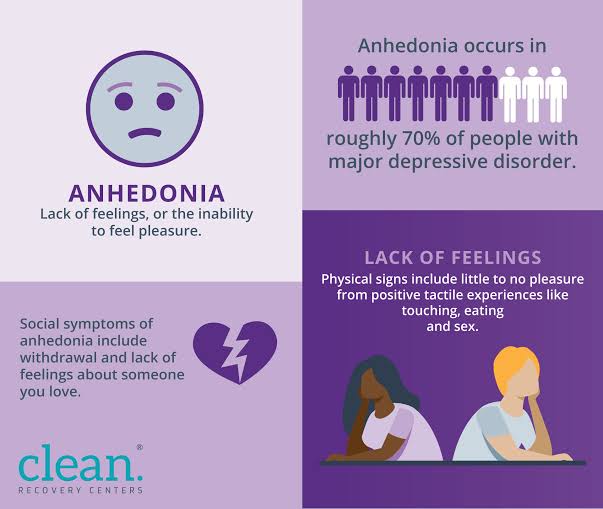Anhedonia, considered one of the biggest symptoms of depression, is defined as unhappiness and the inability to enjoy anything. Anhedoni is one of the psychological problems that many people suffer from today. Individuals who struggle with this disorder remain indifferent to activities they have enjoyed doing in the past. These activities; music, sports, sexuality, socialization, hobbies or family gatherings. While anhedoni is one of the main symptoms of major depression, individuals who exhibit these symptoms are not always diagnosed with depression. This disease, the other mental health it may be one of the symptoms of their problems, or it may occur alone. Let’s look at the details together.
What is anhedonia?
Anhedoni was first described in 1896 by psychologist Theodule-Armand Ribot. In the era of ribotage, this concept defined the inability to enjoy the beautiful things in life. However, the concept uses it in a broader sense nowadays. Decreasing pleasure expectation, loss of motivation, decreased consumption pleasure are associated with a decrease in interest in (moda) and other hedonic functions.
What are the symptoms?
One of the most basic symptoms of anhedonia is unhappiness. In addition, tension, change in eating habits, and various paranoia may be a sign of anhedonia. On the other hand, researchers divide anhedonia into two main types: Social and physical.
Social anhedonia is defined as increased disinterest in social relationships and inability to enjoy social situations. Physical anhedonia; food, touch and sexuality, such as the inability to enjoy tactile situations. In this sense, other symptoms of the disease are as follows: Social isolation, loss of libido or lack of interest in sexual intimacy, less interest in previous hobbies, lack of enjoyment of daily activities, etc, avoiding intercourse and not having joyful feelings.
What are the reasons?
Anhedonia is one of the main symptoms of depression and schizophrenia. This condition has also been found in people suffering from chronic pain and Parkinson’s disease. On the other hand, there are studies that show anhedonia in people with substance abuse. According to results from clinical human studies and animal modelling, certain neurological substrates appear to be active in substances( anhedonide, which reacts under the action of )one enzyme. Some scientific research suggests that anhedonin may be linked to an overactive prefrontal cortex. This can affect dopamine neurons, causing the disease to occur. However, more scientific studies are needed to determine the exact cause of the disease.
Diagnosis and treatment
Symptoms of anhedoni disease are typical. However, a specialist should be consulted for diagnosis. When you contact the specialist, your general mood and complaints are listened to. In order not to skip anything at this stage, it is useful to make a complete list of your symptoms before the appointment. On the other hand, some tests may be ordered to determine if you have a physical condition that may be causing your symptoms. Treatment of the disease requires a rather difficult and lengthy process. Most often, therapeutic methods are used to activate the hormones serotonin and endorphins. In patients with milder symptoms, methods such as medication and therapy are preferred. If medication and therapy do not relieve symptoms, your doctor may recommend electroconvulsive therapy (EKT). Similarly, transcranial magnetic stimulation may be used in patients who do not respond to medication and therapy.
Anhedonia is a major mental health problem. Therefore, it is extremely important that individuals do not self-diagnose. If you think you are struggling with this disease, you should consult a specialist as soon as possible.

